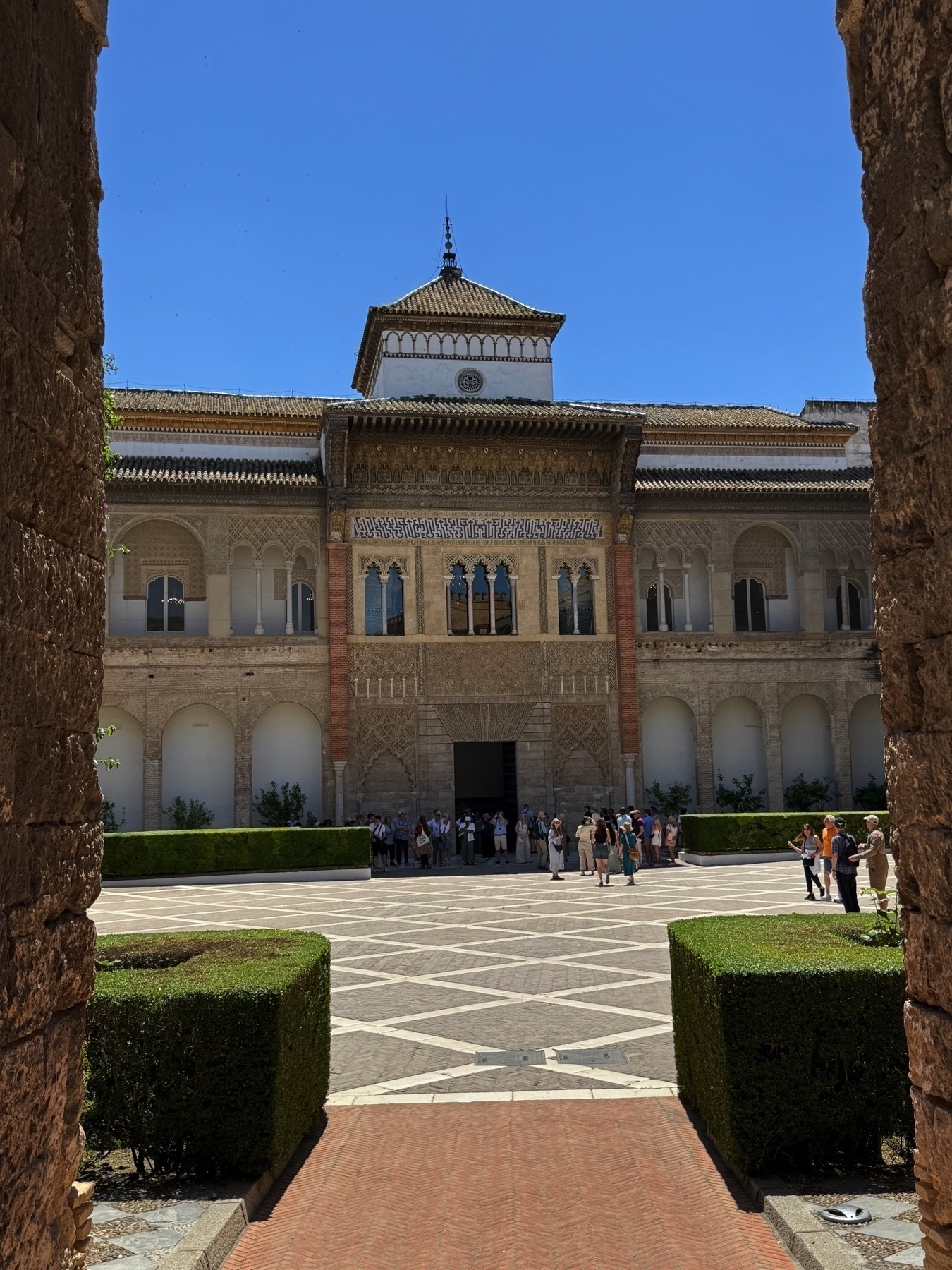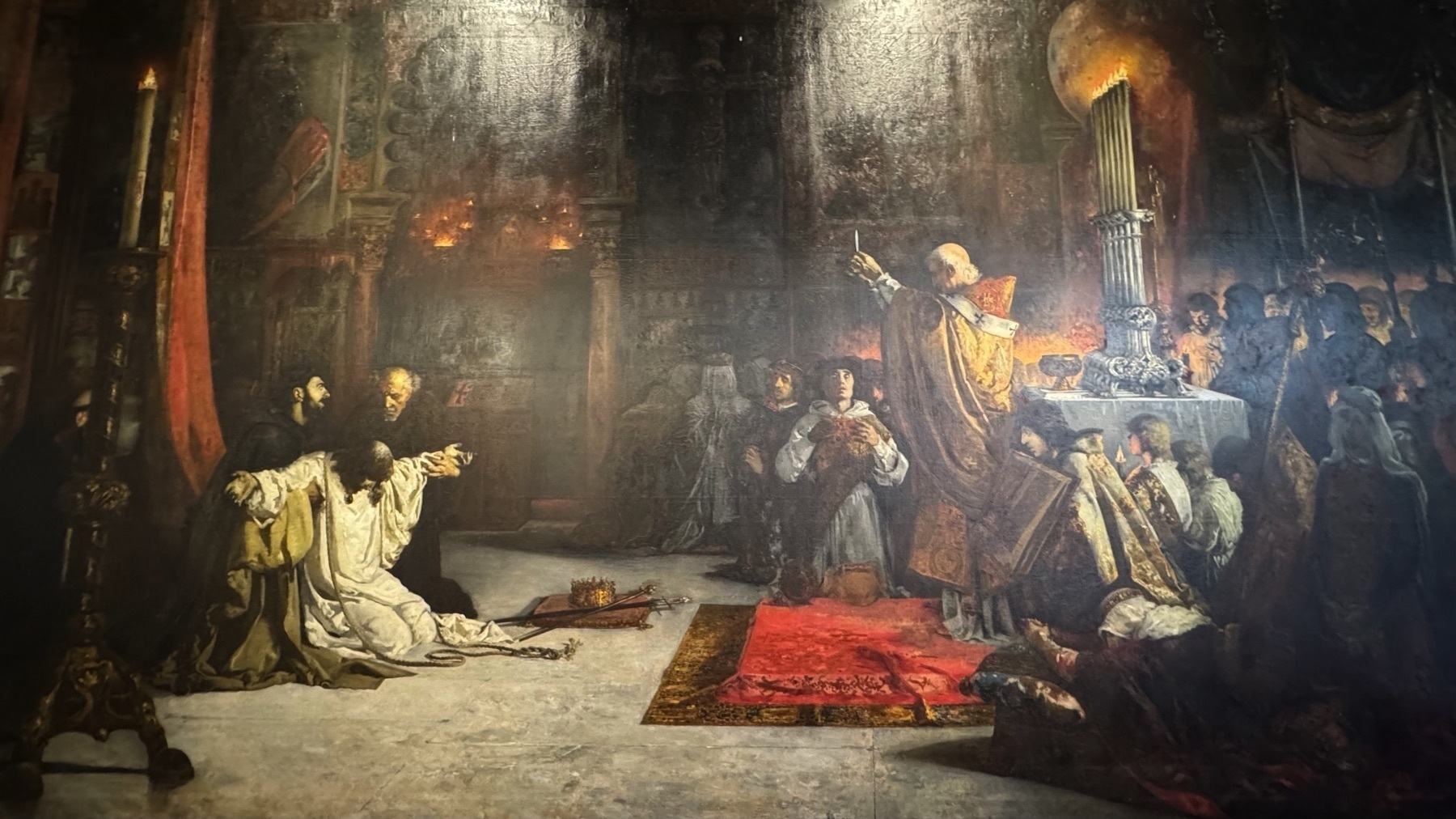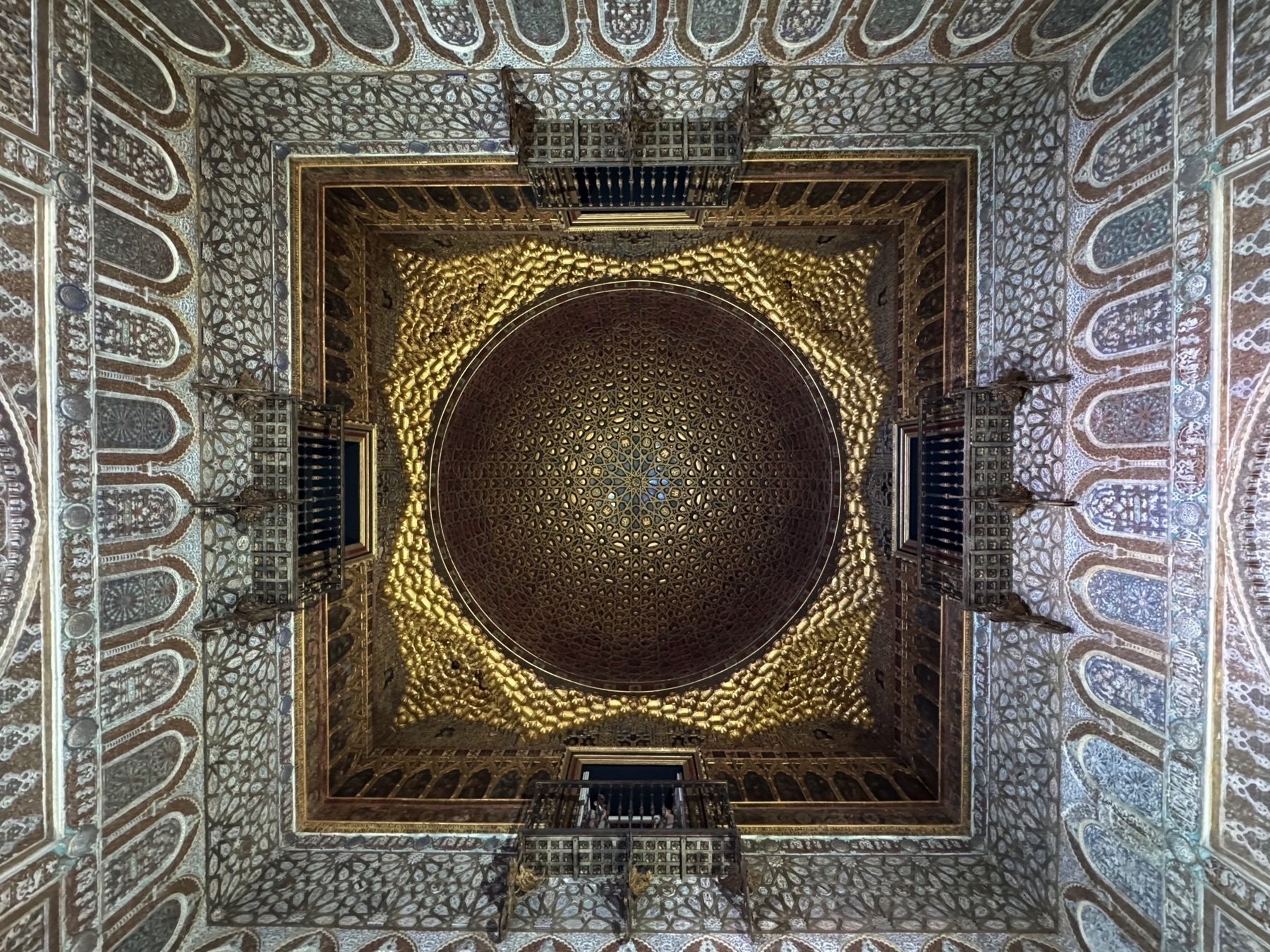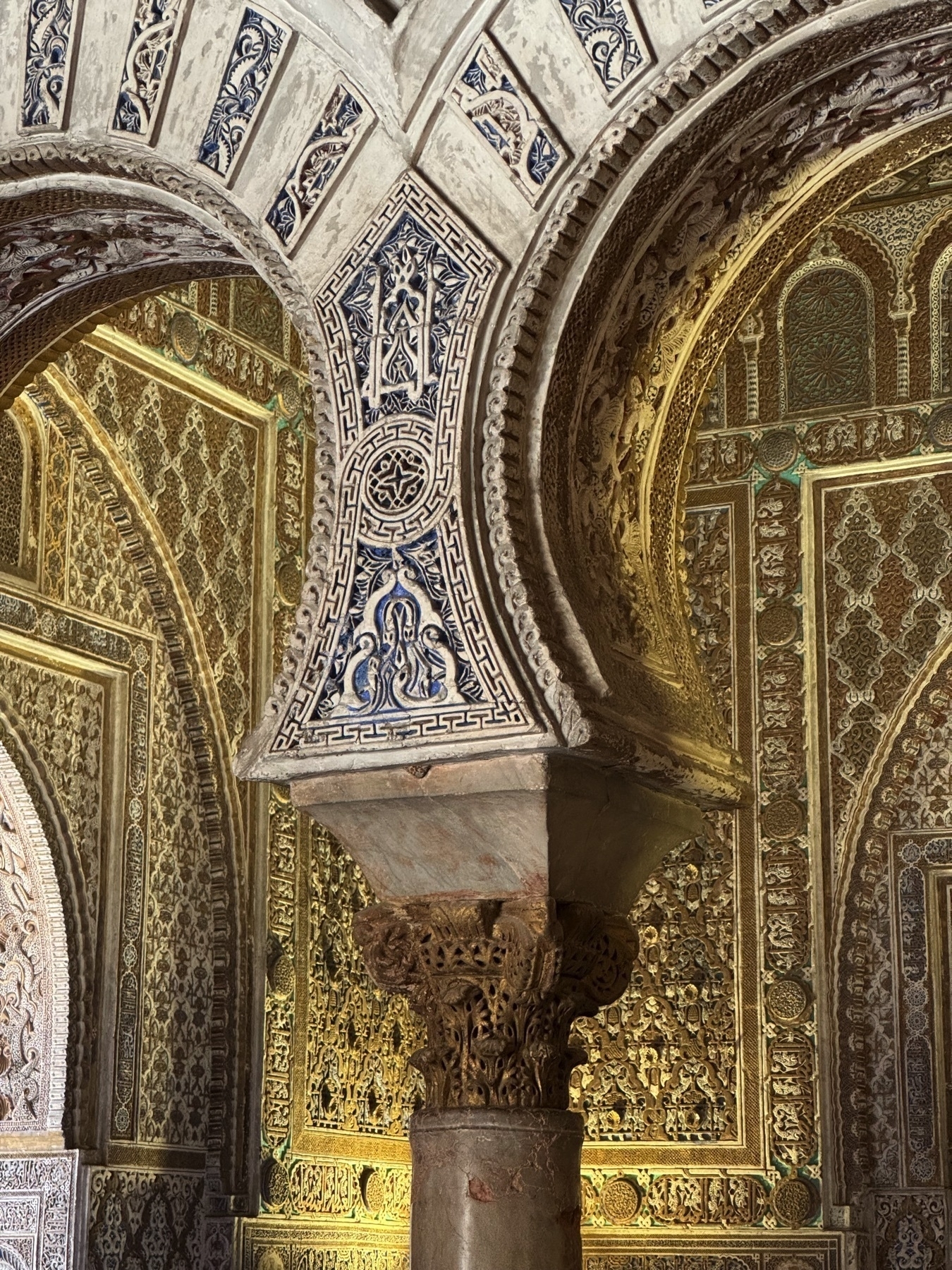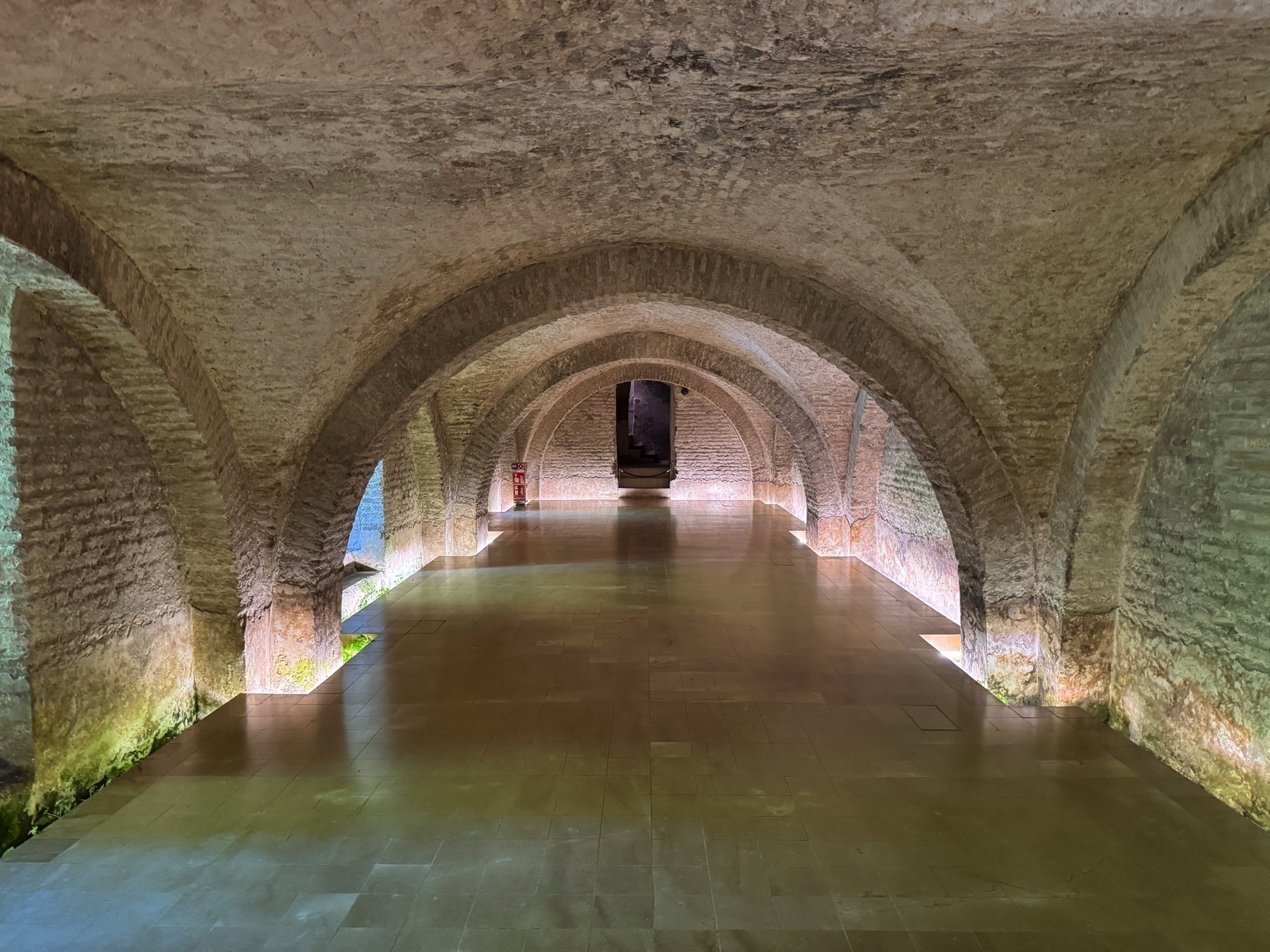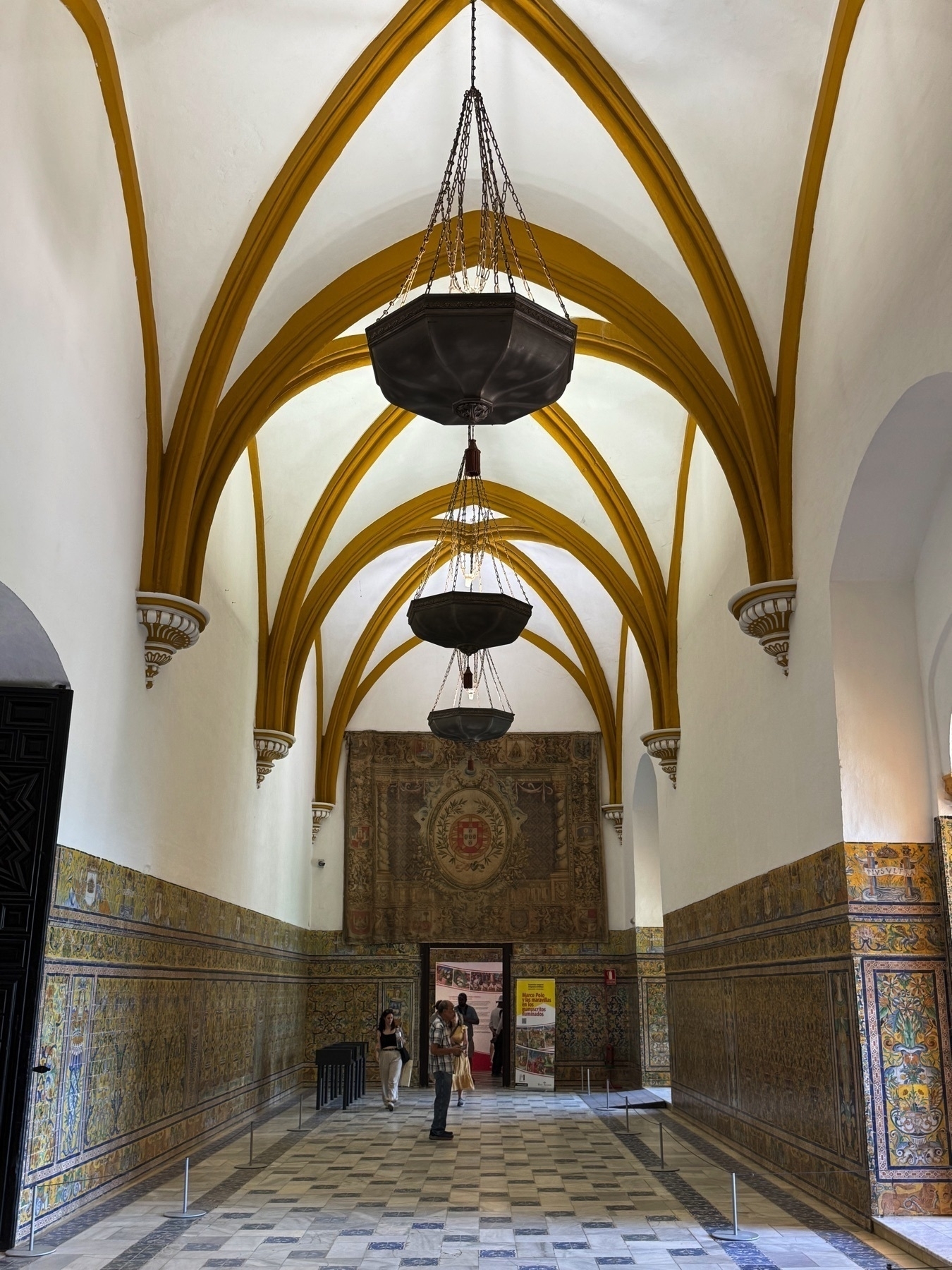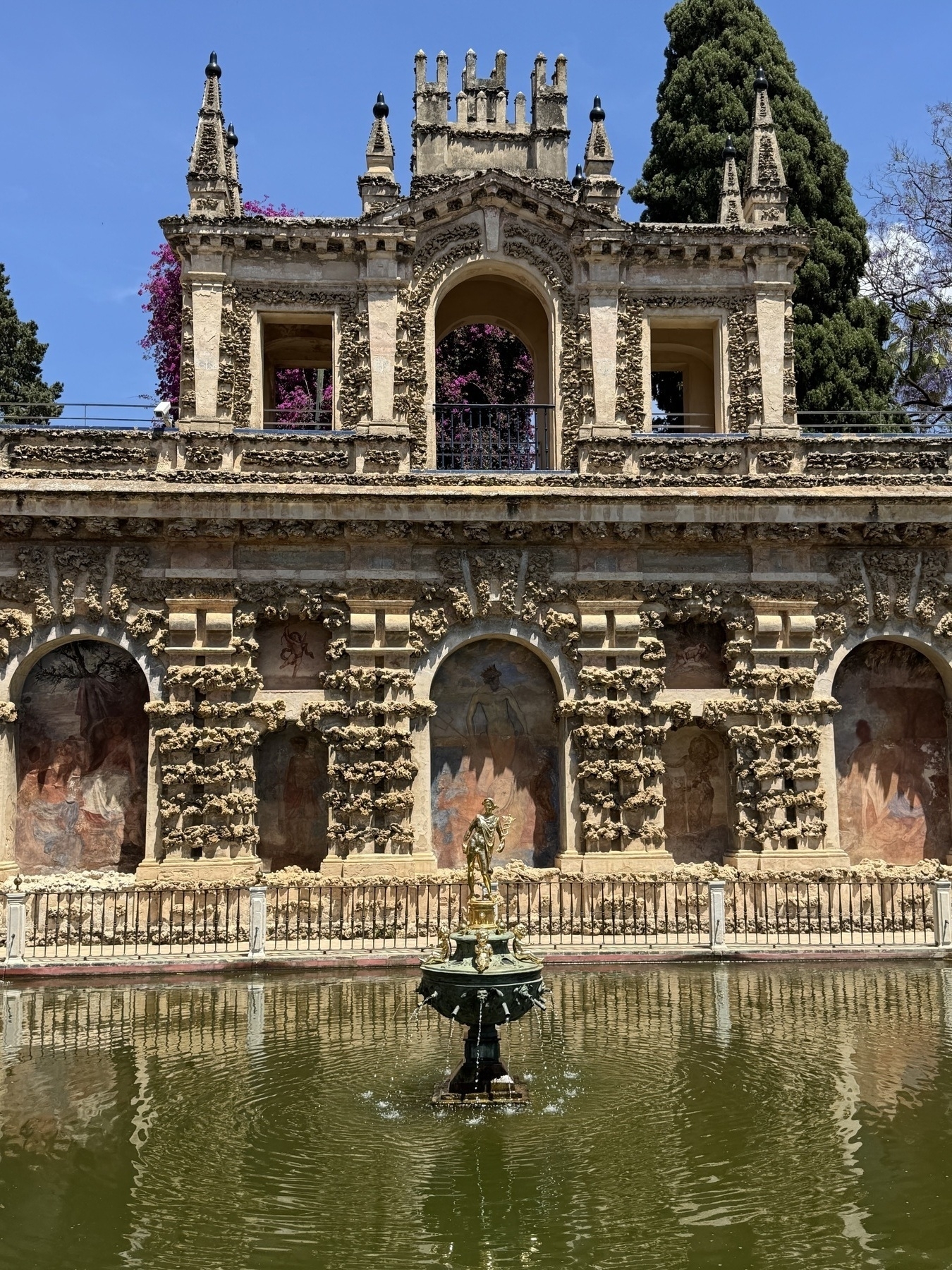New posts from me.chasen.dev
A few more Seville shoutouts:
Our first salmorejo was at Taberna Águilas (photos 1–2).
Dinner at ConTenedor (photos 3–5) was delicious.
We visited El Librero (photo 6) after la Catedral.
El Rinconcillo (photos 7–9) is the oldest bar, 1670!
I loved the zucchini noodles at Casa Paco (photo 10).
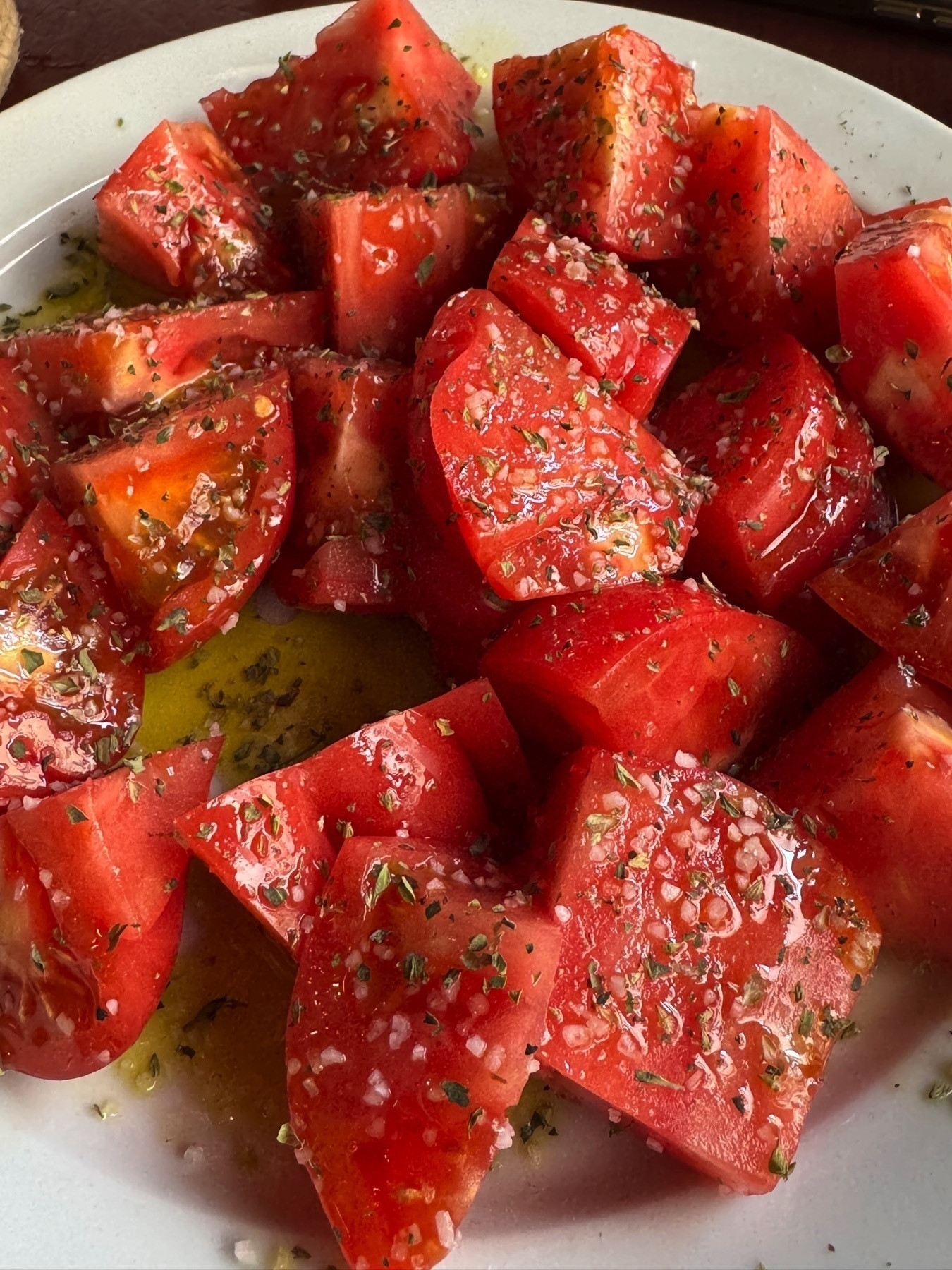
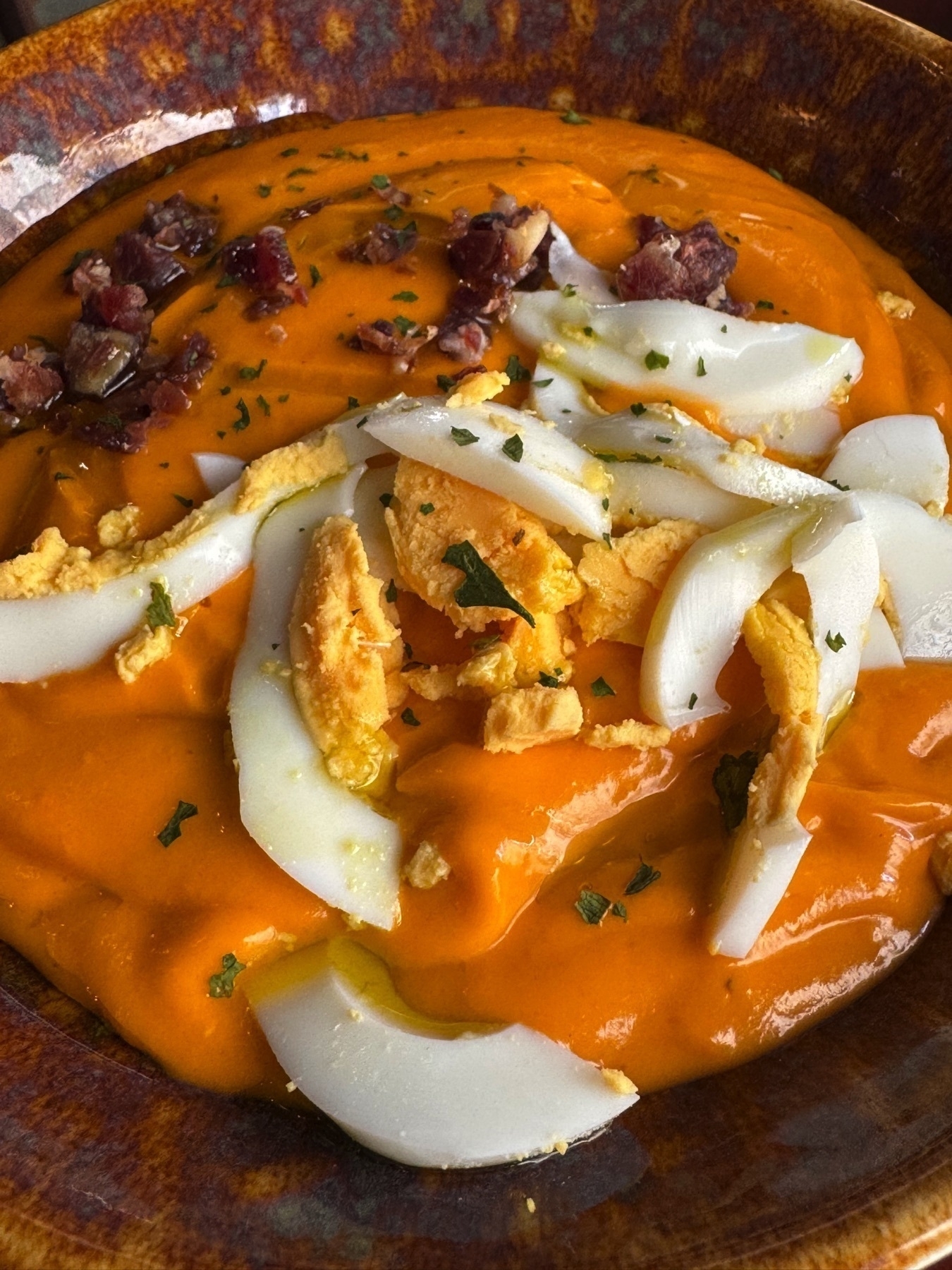
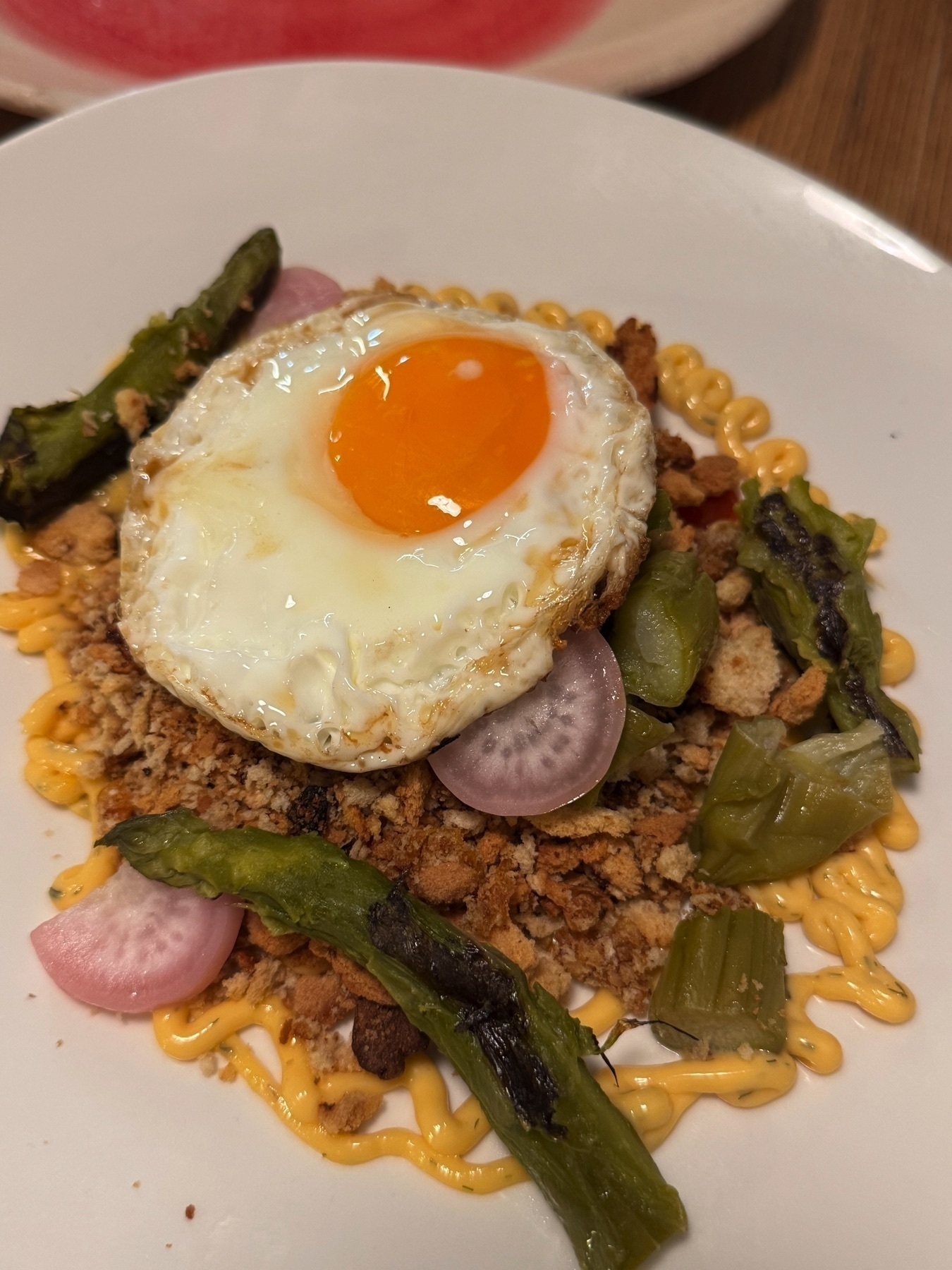
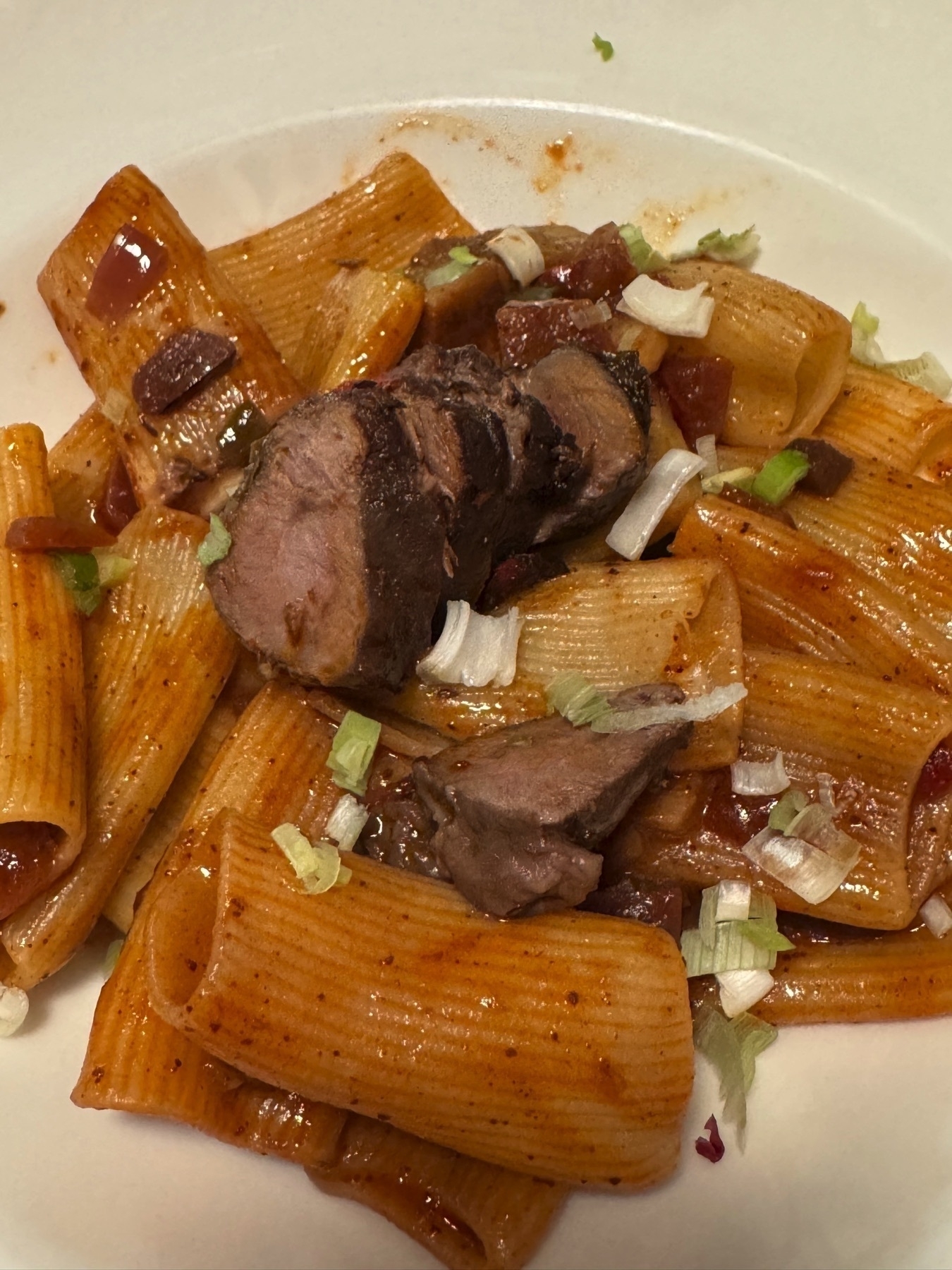
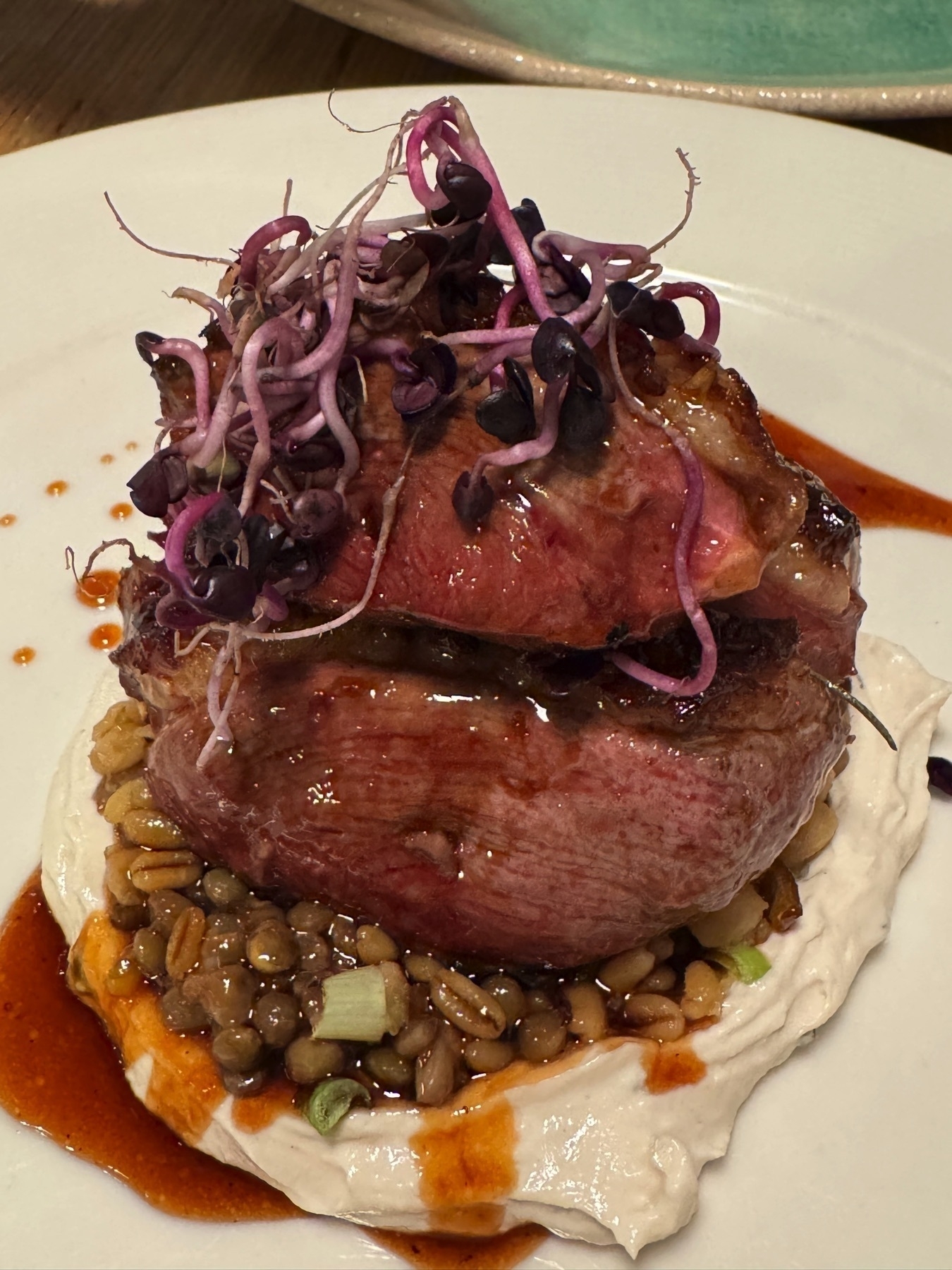
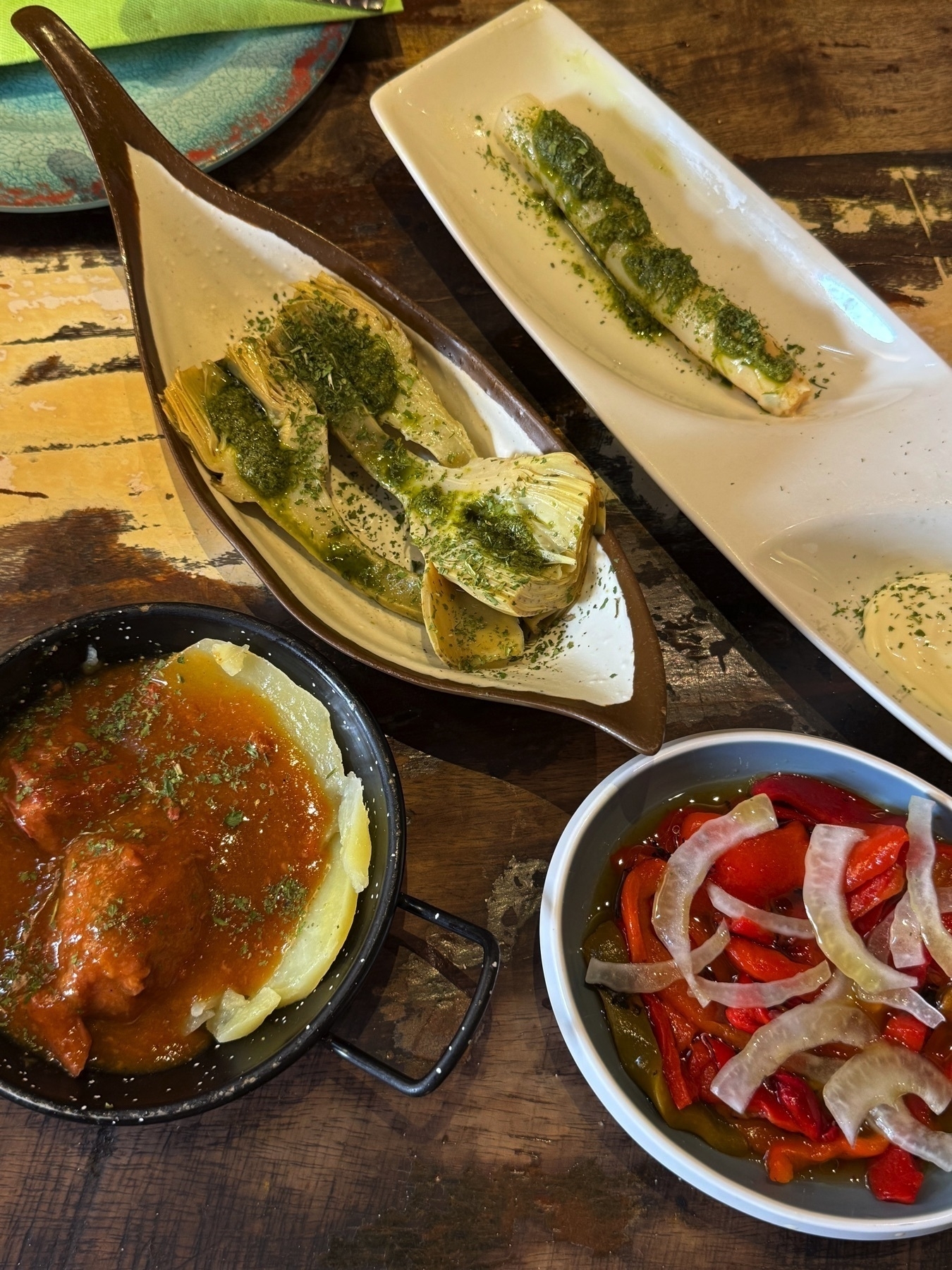
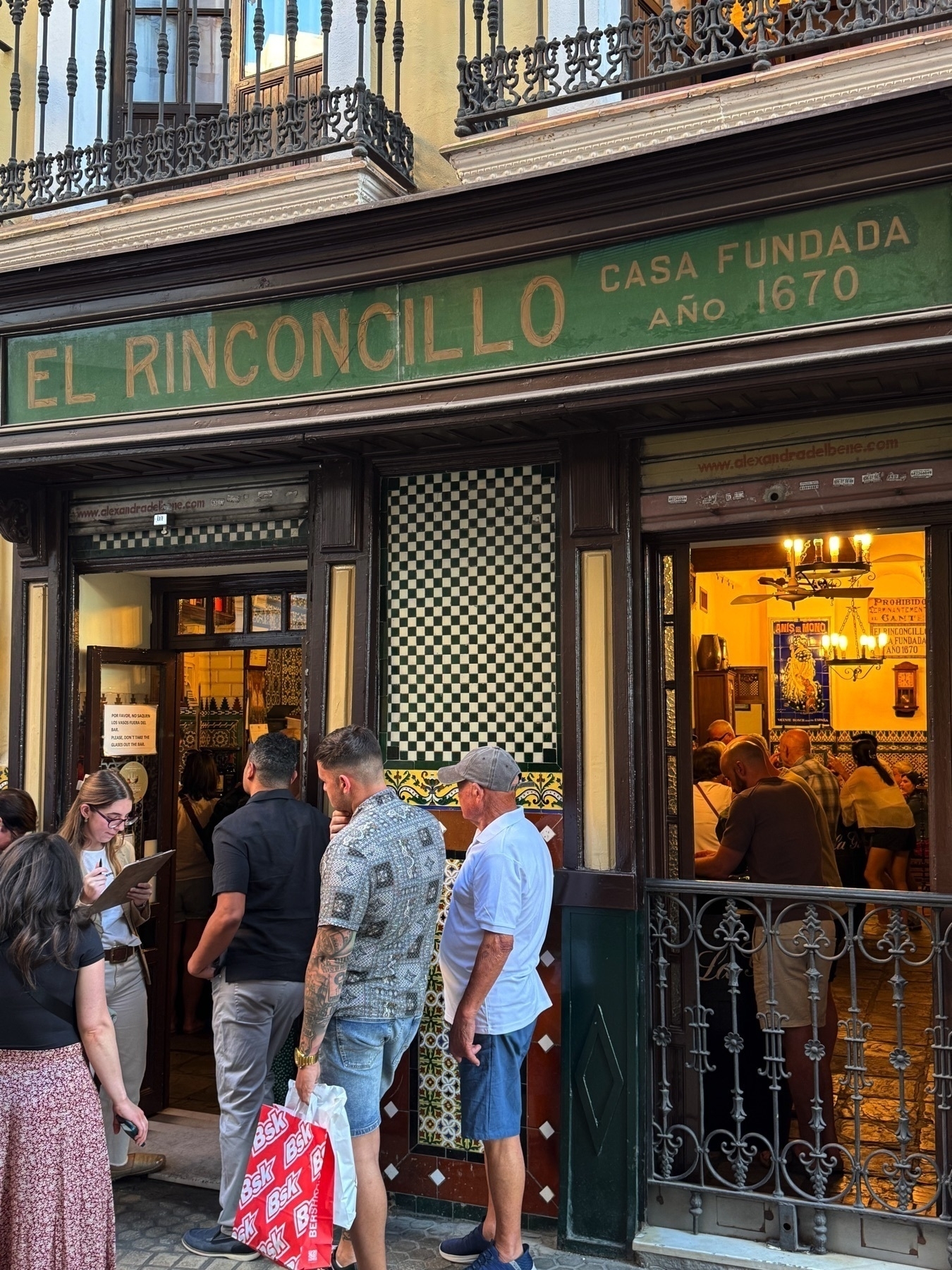

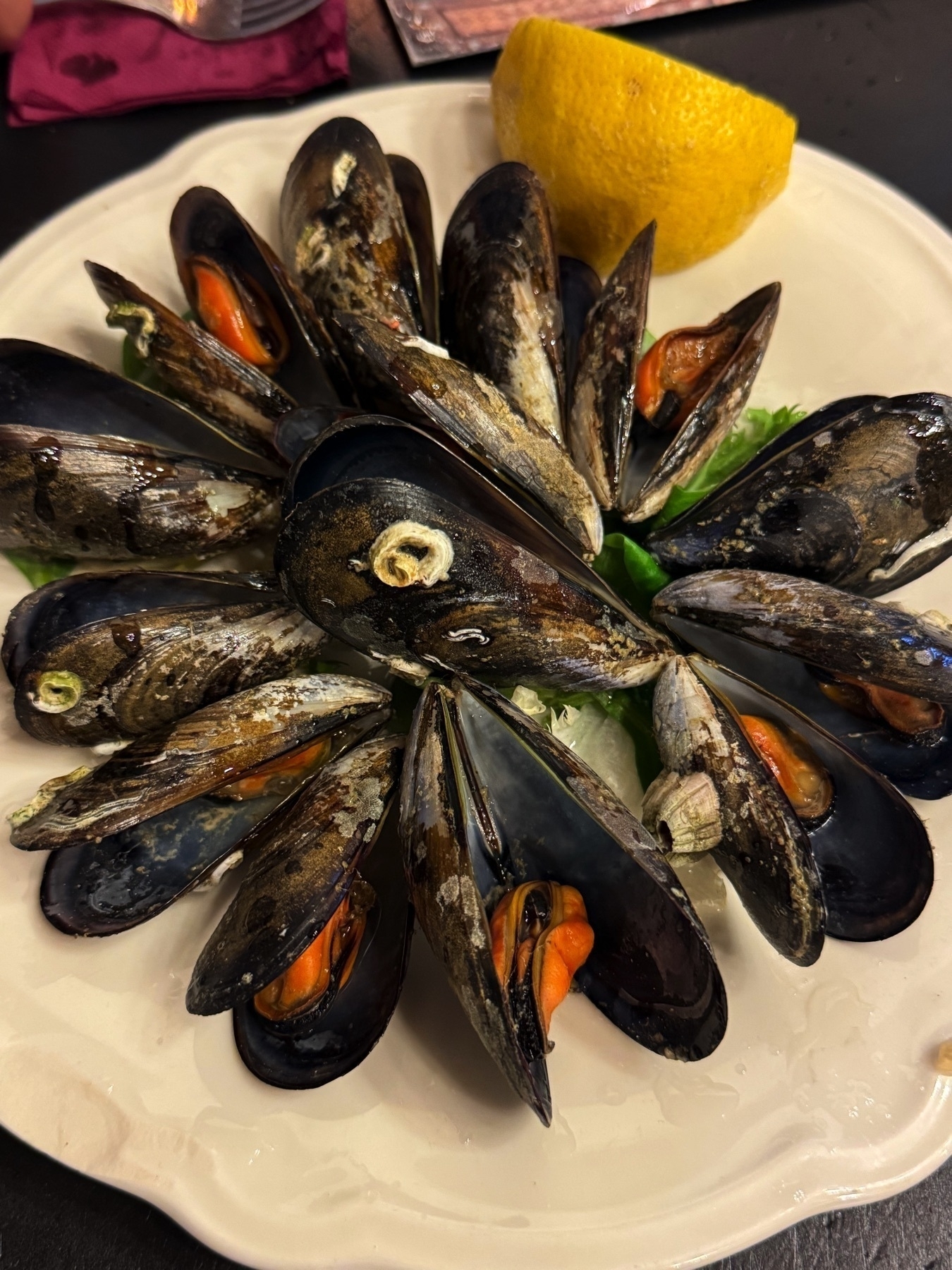
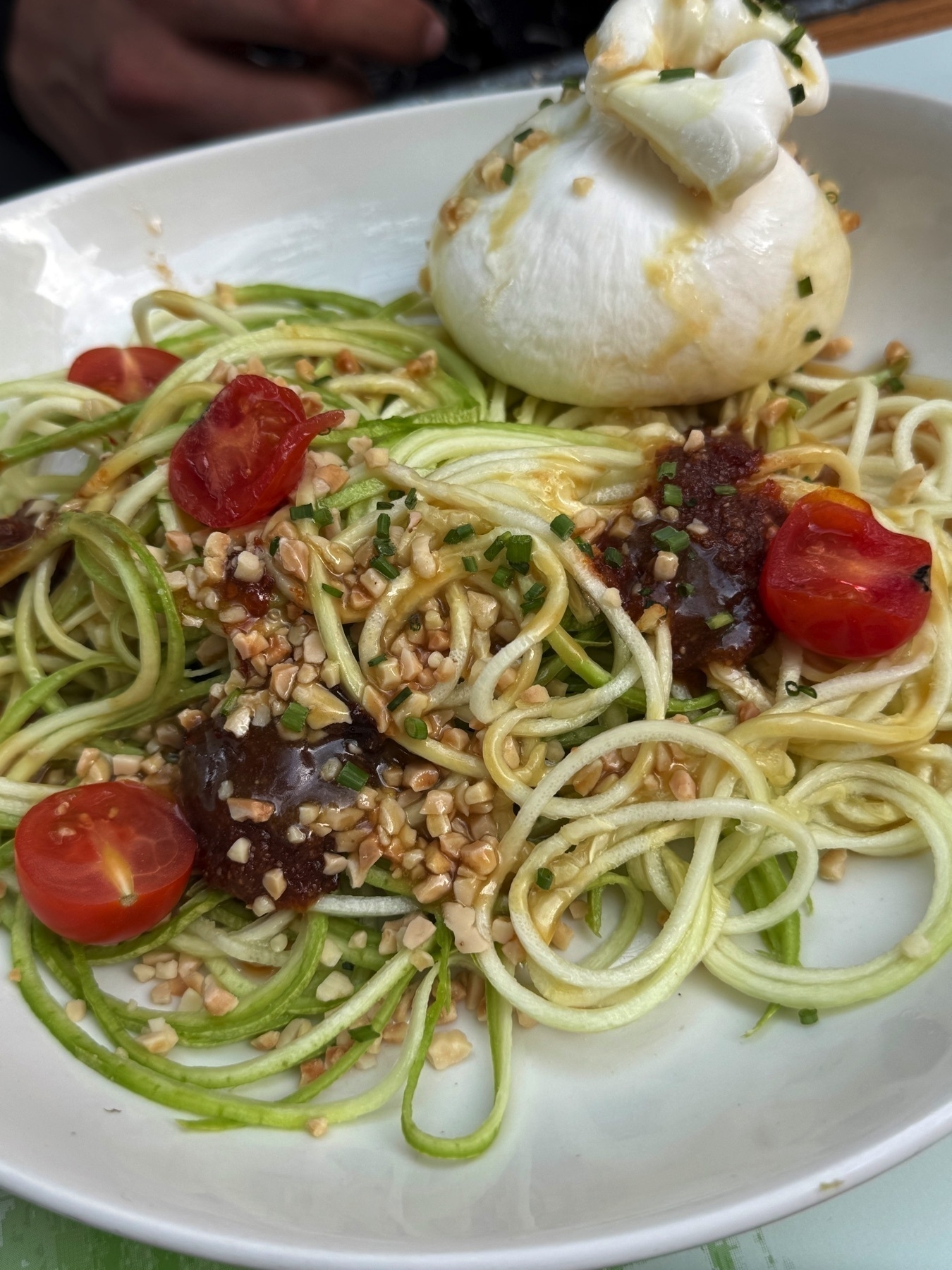
We took an audio tour guide of the stunning Real Alcázar to learn about how the palace blends Mudéjar, Gothic, and Renaissance styles.
I love taking photos of ornate ceiling patterns… I’ve been trying not to post too many but I couldn’t help myself with the two photos in this collection.

